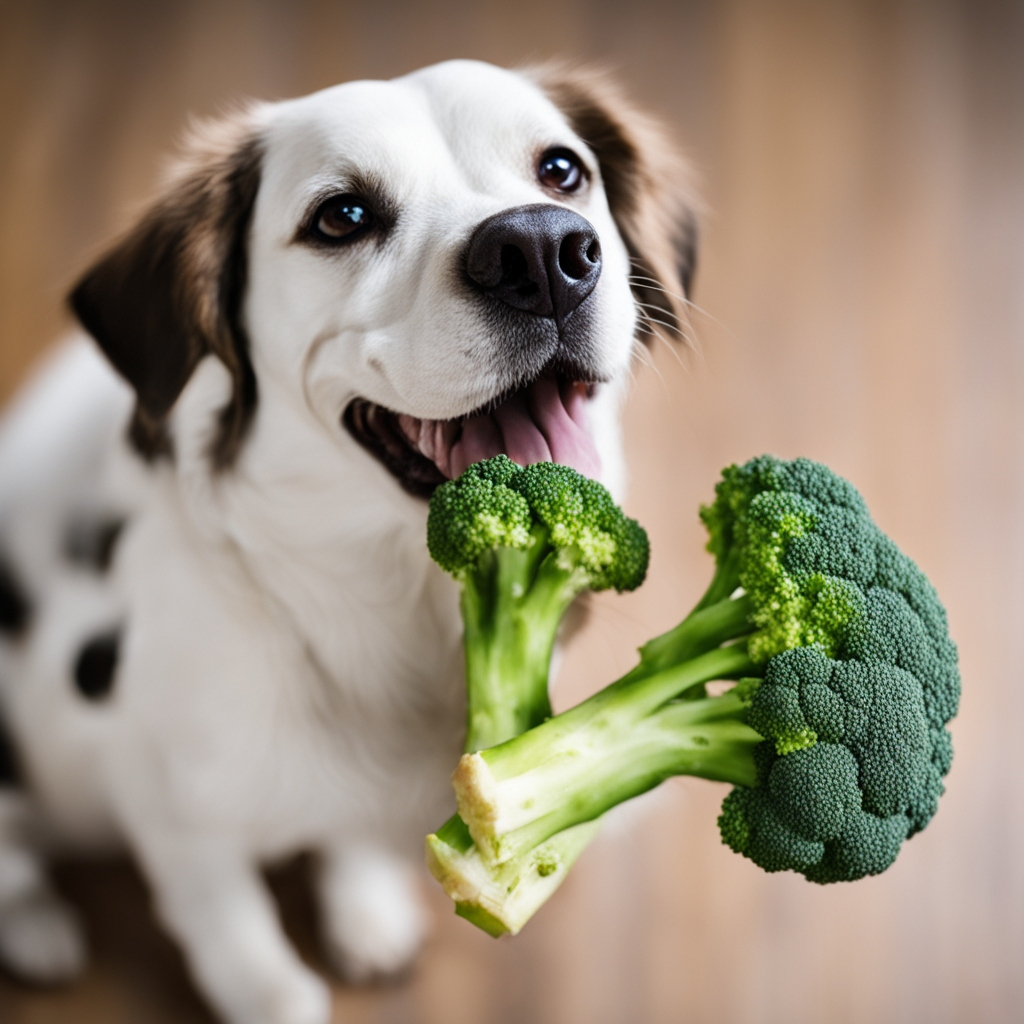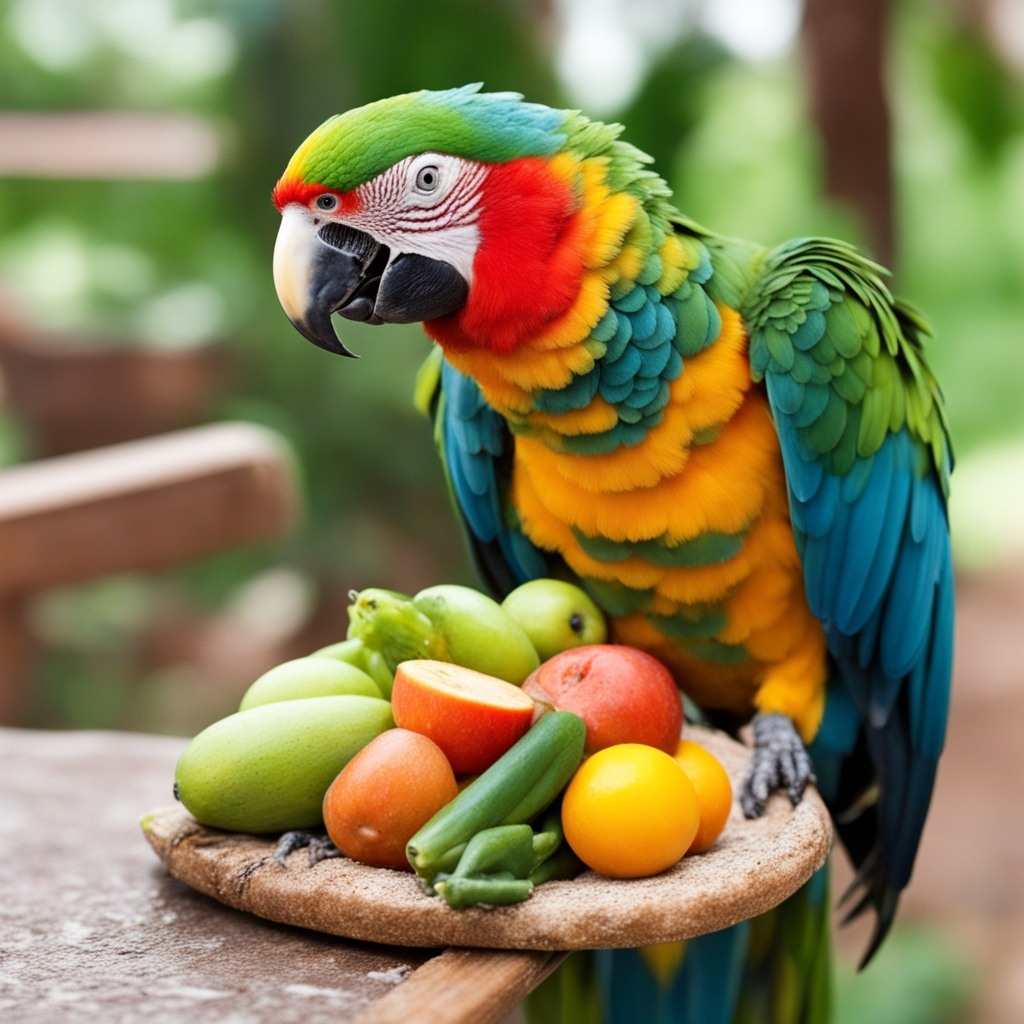

Indoor parrots thrive when you build a daily routine around food of a parrot that is complete, balanced, and engaging. In the United States, you have access to excellent pelleted diets, fresh produce year‑round, and smart enrichment tools. This guide explains how to choose the right parrot bird food, how to tailor African Grey parrot food and Quaker parrot food, and how to keep meals safe, hydrating, and fun in 2025.
The healthiest food of a parrot pairs a pelleted base with fresh vegetables, limited fruit, and measured treats like nuts or seeds. For most indoor parrots, this looks like 50–80% pellets plus daily greens and a small side of other whole foods. Because needs vary by species, age, and health, you should fine‑tune the mix for your bird. For African Greys, focus on calcium and vitamin D3 support. For Quakers, watch calories and aim for consistent pellet intake.
Balanced means every day’s bowl delivers the essential macronutrients and micronutrients with room for variety. A strong plan for the food of a parrot includes:
Balanced parrot food avoids the classic pitfalls of all‑seed mixes and random table scraps. It keeps weight stable, supports plumage, and reduces deficiency risks.
You can serve the food of a parrot dry (pellets), moist (soaked pellets), or as a mixed “chop” of minced vegetables with a pellet topper. Dry pellets store well and fit puzzle feeders. Moist textures boost aroma and hydration for picky eaters. A weekly vegetable chop finely chopped greens, peppers, squash, carrots, and a few herbs adds color and crunch. Rotate textures so your parrot stays curious and flexible.
Seed‑based diets are tasty but unbalanced. Modern pellets give the food of a parrot a reliable nutrient base and reduce guesswork. Many veterinary teams now suggest pellets for the majority of calories, especially for medium and large parrots. You can still use seeds preferably sprouted or as training rewards but keep them measured. The core idea is simple: pellets feed the body; seeds feed the training plan.
Great food of a parrot does more than fill the crop. It supports hydration, bone health, and resilient skin and mucosa. Indoors, birds may drink less than you expect, so pair juicy vegetables with fresh water. Bone and nerve health rely on calcium and vitamin D3, especially in species like African Greys. Finally, vitamin A matters for beak, skin, respiratory, and immune health. Orange vegetables and leafy greens help cover that base.
African Greys are brilliant and sensitive. Build their African Grey parrot food plan around structure and calcium support.
Pellet base (anchor)
Calcium & D3 focus
Vegetables & fruit
Treats & training
Routine tips
Watch‑outs
Quakers (Monk Parakeets) are energetic foragers. A smart Quaker parrot food plan channels that drive into healthy habits.
Pellet forward
Veg‑heavy sides
Treat strategy
Routine tips
Watch‑outs
Make the food of a parrot colorful and seasonal. Rotate options so nutrients stay balanced and mealtime stays exciting.
Leafy greens: kale, romaine, collards, bok choy, chard, arugula
Orange vegetables: carrots, butternut squash, pumpkin, sweet potato (cooked)
Crucifers: broccoli, cauliflower, Brussels sprouts (small portions)
Other veg: bell peppers, zucchini, cucumber, green beans, snap peas, beets
Fruit (small portions): blueberries, strawberries, raspberries, apple (no seeds), pear, kiwi, mango, papaya, melon, pomegranate arils
Herbs: cilantro, parsley, basil, dill
Wash produce well, chop to beak‑friendly sizes, and rotate choices across the week.
A practical food of a parrot schedule helps you feed enough but not too much. Most households succeed with two main meals and one foraging session. Serve pellets first, then plate vegetables. Offer fruit after training or as a topper to keep interest high.
Use a digital kitchen scale to weigh portions in grams. Keep a notebook of what you served and how much returned to the bowl. Weigh your parrot weekly at the same time of day. A small weekly drift is normal; a rapid swing hints at overfeeding, illness, or stress.
Wild parrots spend hours foraging. Bring that biology indoors with simple games that fold the food of a parrot into play:
Enrichment reduces boredom and stress. It also slows intake so parrots savor the meal.
When you change the food of a parrot, go slow. Start with 10–25% new pellets mixed with the current diet for a few days. Gradually raise the new share each week. Offer the new pellets in the morning when your parrot is most hungry. Warm a teaspoon of water over pellets to release aroma if needed. Celebrate tiny wins a single crunch of a new pellet counts. Patience pays off.
A safe food of a parrot plan avoids hazards. Skip avocado, chocolate, caffeine, alcohol, and xylitol. Do not add onion, garlic, or salty/fatty sauces. Keep Teflon/PTFE fumes away from kitchens and bird rooms. Remove apple seeds and stone fruit pits. Never feed raw, uncooked beans; cook legumes thoroughly.
Call your avian vet if you see repeated vomiting, diarrhea, open‑mouth breathing, sudden weakness, or a fast weight drop. Bring your notes on diet changes and portion sizes.
1) What percentage of pellets should the food of a parrot include?
Most keepers aim for a majority of calories from pellets often 50–70% with the rest from vegetables, a little fruit, and measured treats..
2) Can I use seeds as a staple for the food of a parrot?
Use seeds as rewards, not as the base. Rotate healthier training treats like tiny nut chips or sprouted seeds, and balance with pellets and greens.
3) Which vegetables power up the food of a parrot for vitamin A?
Offer orange vegetables carrot, pumpkin, sweet potato and dark leafy greens. Rotate options to keep meals interesting.
4) How do I adjust the food of a parrot for molting or winter?
During heavy molt or cooler months, your parrot may want more calories. Raise portions slightly and add warm, cooked vegetables. Scale back when activity rises in spring.
5) Is tap water okay with the food of a parrot?
In most US cities, tap water is fine. Rinse bowls daily, refresh water often, and use a separate bowl for vegetable rinses.
The best food of a parrot in the US blends a pellet‑led base with colorful vegetables, small fruit portions, and smart treats. Fine‑tune for species: build calcium and D3 support for African Greys; keep portions tight and foraging high for Quakers. Rotate ingredients, track weight, and turn mealtime into enrichment. With a thoughtful plan, you’ll protect health, prevent deficiencies, and make the food of a parrot the favorite part of the day.

Passionate pet lover sharing trusted tips on dog, cat and other pets care, health, and lifestyle.


